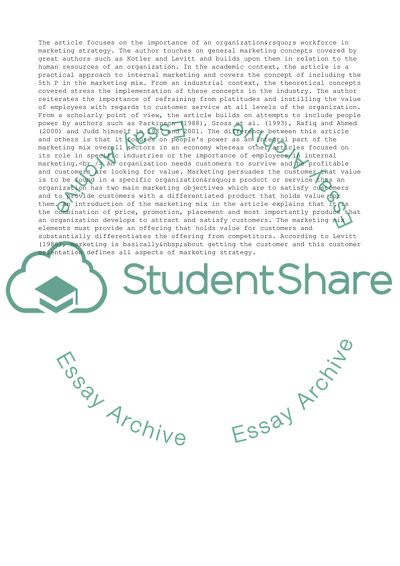Cite this document
(The Importance of Employees in an Organization Term Paper - 1, n.d.)
The Importance of Employees in an Organization Term Paper - 1. Retrieved from https://studentshare.org/business/1573520-individual-report
The Importance of Employees in an Organization Term Paper - 1. Retrieved from https://studentshare.org/business/1573520-individual-report
(The Importance of Employees in an Organization Term Paper - 1)
The Importance of Employees in an Organization Term Paper - 1. https://studentshare.org/business/1573520-individual-report.
The Importance of Employees in an Organization Term Paper - 1. https://studentshare.org/business/1573520-individual-report.
“The Importance of Employees in an Organization Term Paper - 1”, n.d. https://studentshare.org/business/1573520-individual-report.


